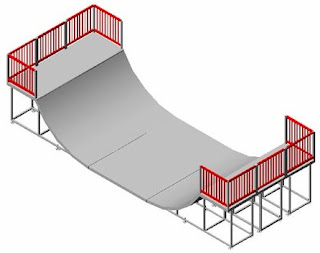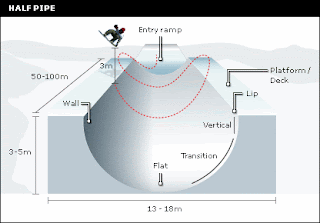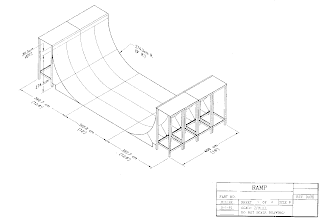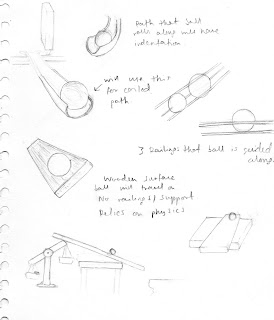My main issue when dealing with this was whether or not it would match the parameters of the ball it would be leading. For example, would it be too wide to contain the ball and make it look like it could easily roll off the path, would it be too deep and constrict the ball’s visibility, would it be too thin, small, etc, etc. However, I soon discovered that, whether or not the path was constructed accurately and with prevision was mildly irrelevant because with a series of carefully located camers I could mask any irregularities. This was not necessary for straightforward paths like the very first one, but the coiled path around the leg of the billiards table is actually an inconsistent shape and is slightly deformed. It looks fine otherwise, as the camera isn’t very close to it.
When considering the depth and height of the paths I looked at the following images:



I also made a few sketches of potential alternatives I could use. For example, you can see a standard half-pipe, a railing, and a plank of wood. I opted not to use the railing, and decided the plank of wood would look better in another part of the mechanism, which you can see at the bottom left of the page.

No comments:
Post a Comment